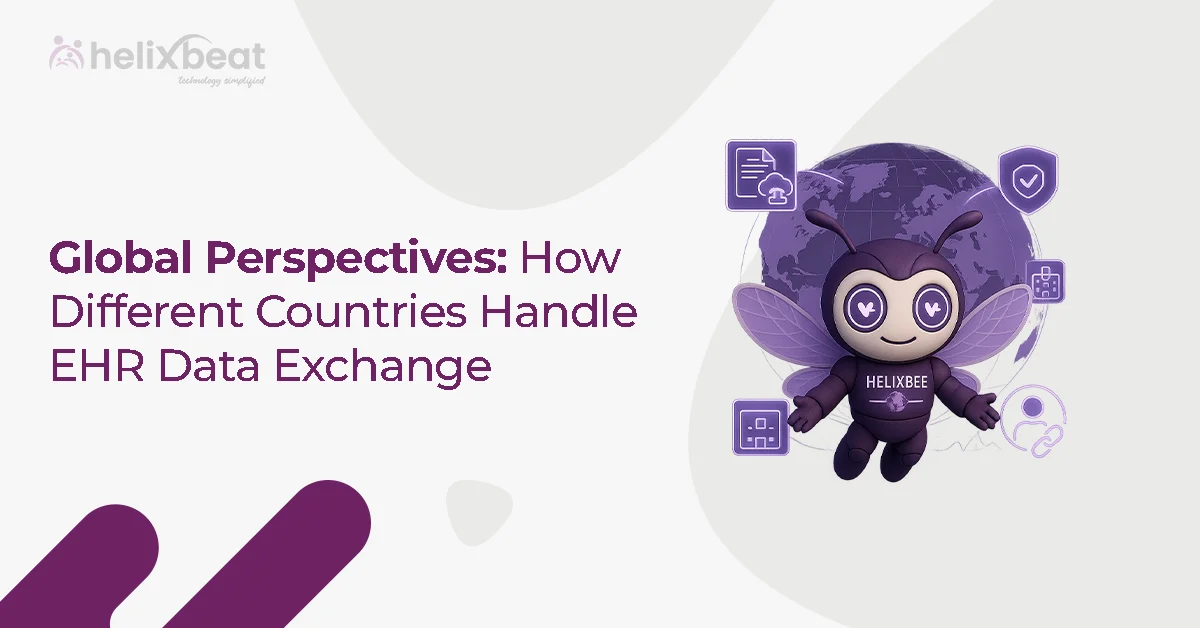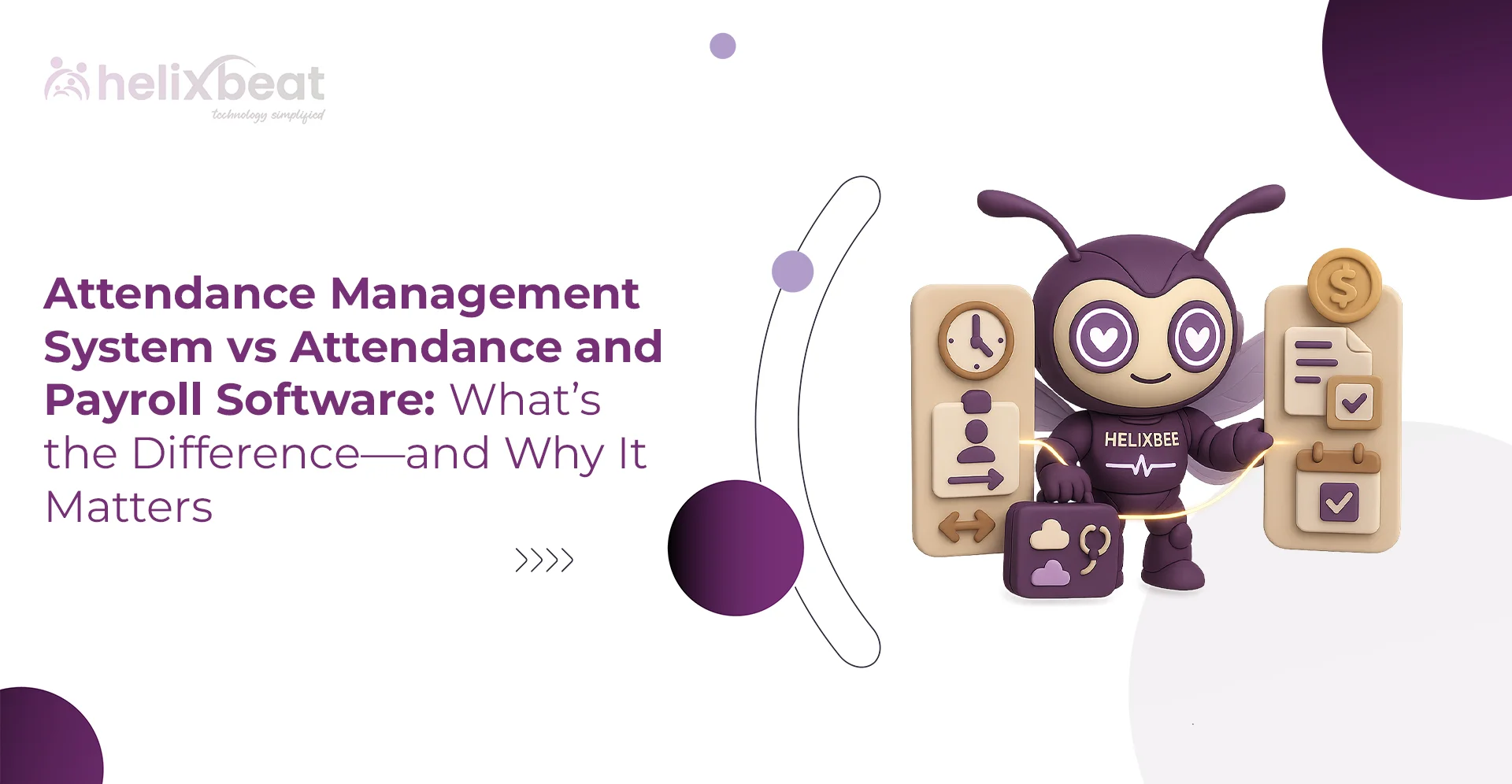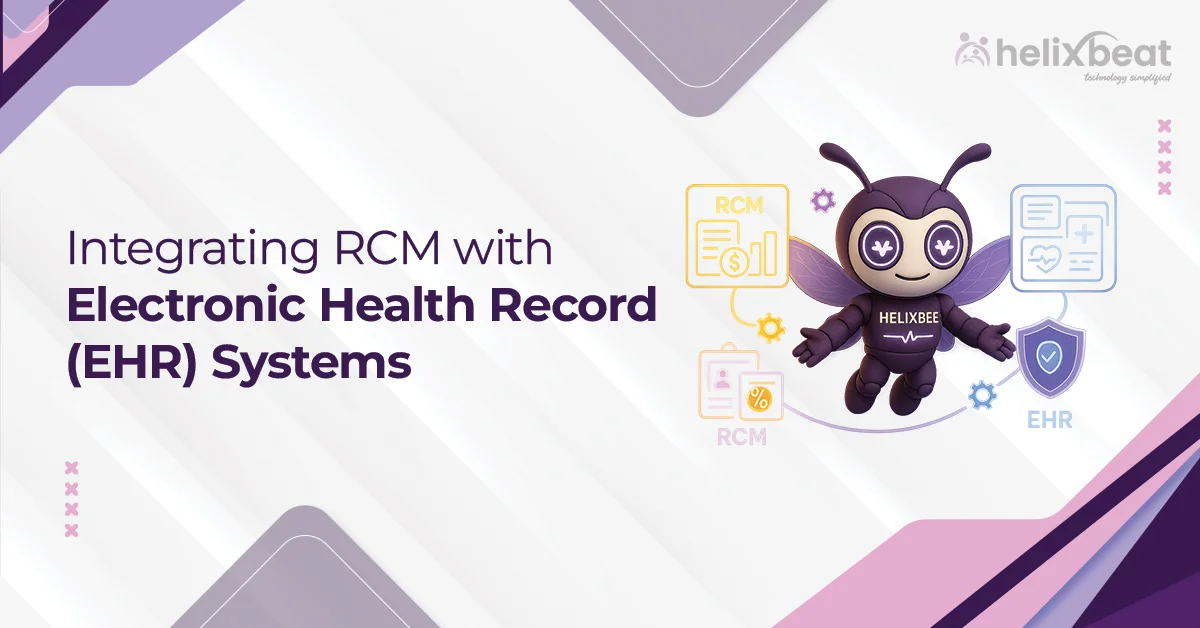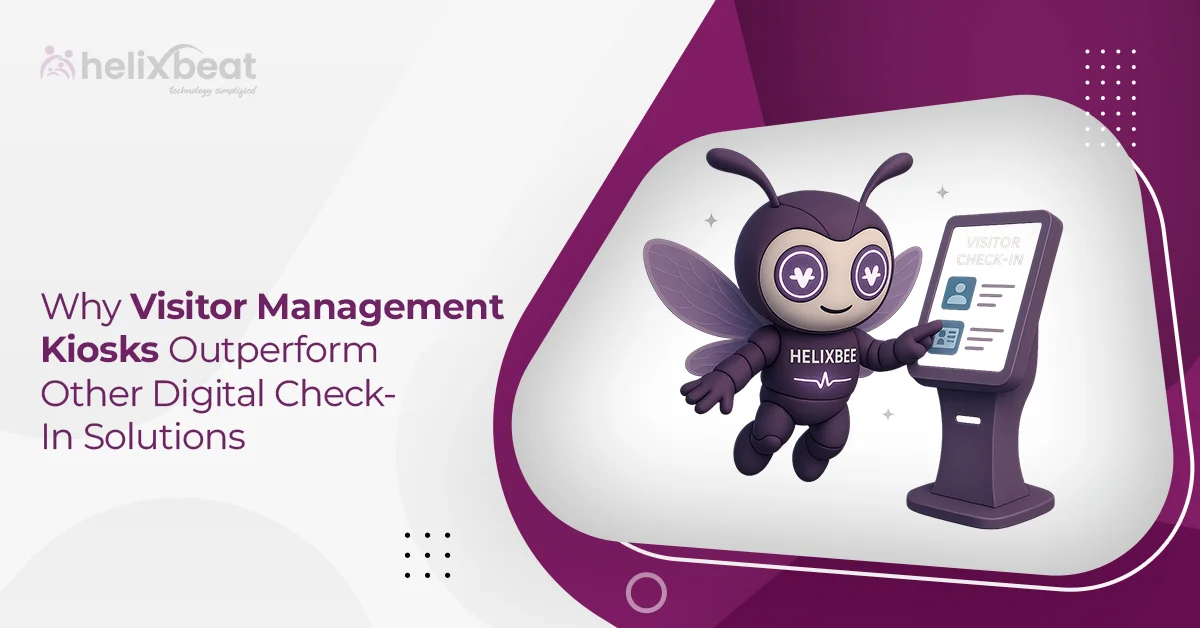Table of Contents
Introduction: Let’s Talk Numbers
Managing visitors in a hospital is no mean task. Hospital visitor, Security, and admin teams constantly juggle patient safety, visitor access management, and compliance requirements while ensuring a smooth experience for families and caregivers.
Traditional visitor logs and manual entry processes often lead to long wait times, security gaps, and operational inefficiencies.
Hospitals are safe spaces—but how safe, really?
Did you know that according to a study published by the International Journal of Health Services, over 70% of hospitals worldwide have experienced unauthorized visitor incidents in the last five years? Another report by Healthcare IT News reveals that hospitals in the US alone spend nearly $15 billion annually on visitor security measures—but a large portion of that still goes into manual, outdated visitor tracking systems.
So the question arises:
Is your hospital really prepared to handle threats that walk right through the front door?
In a world where tech is reshaping every industry, hospital security and visitor tracking need a serious upgrade—and that’s where digital visitor management systems like VISTA come into play.
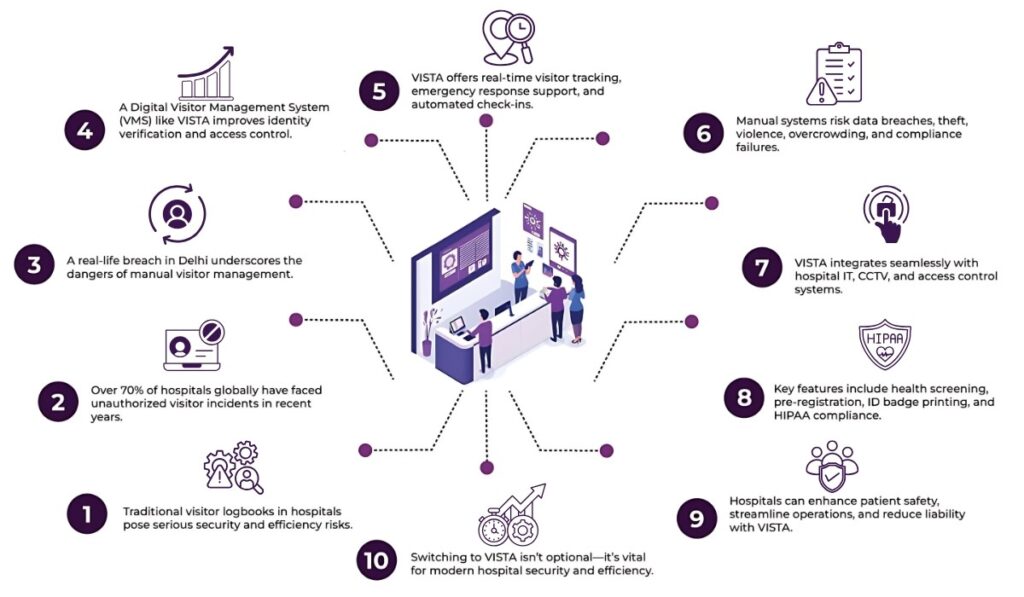
Real Incident: When a Lapse in Visitor Security Becomes a Life-or-Death Issue
In 2022, a major private hospital in Delhi faced a terrifying situation. A man, disguised as a hospital volunteer, entered the ICU and stole sensitive patient data from a nurse’s unattended tablet. He had tailgated another visitor during visiting hours, and since the hospital relied on manual entries, no one noticed until it was too late.
This wasn’t just a data breach. It put patients at risk, exposed the hospital to legal consequences, and damaged its reputation beyond repair.
Could this have been avoided with a digital visitor management system?
100%—Yes.
What Is a Digital Visitor Management System (VMS)?
A Digital Visitor Management System (VMS) is exactly what it sounds like—a tech-enabled system that digitally manages, monitors, and records all visitor activity within your facility.
But it’s not just a glorified sign-in sheet. A robust system like VISTA can:
- Authenticate visitor identities
- Track movements in real-time
- Automatically notify staff
- Manage crowd control
- Record logs for compliance and auditing
- Prevent unauthorized access
In short: It ensures visitor security, accountability, and operational ease all from one dashboard.
The Hidden Risks of Manual Visitor Management
Now, let’s uncover what’s really wrong with the traditional way of managing visitors.
Hospitals aren’t just centers of care—they’re also soft targets for theft, data breaches, violence, and unauthorized access. Here are the most pressing visitor security issues modern hospitals grapple with:
1. Unauthorized Access to Sensitive Areas
ICUs, pediatric wards, and operating theaters must be tightly secured. Without digital control, unauthorized individuals—including thieves or aggressive visitors—can enter these zones unnoticed.
2. Theft of Medical Equipment and Patient Property
Hospitals house expensive medical devices and personal belongings. Lax visitor management often results in unmonitored foot traffic, leading to thefts that are hard to trace post-factum.
3. Data Breaches and Patient Record Theft
With more hospitals going digital, cybersecurity is critical. But physical breaches—like an intruder accessing an unattended system—can expose sensitive patient data, violating HIPAA or GDPR regulations.
4. Violence Against Staff or Patients
Assaults on healthcare workers have increased in recent years. Many incidents begin with a visitor losing control emotionally or entering under false pretences. Without tracking and identity verification, it’s hard to prevent or respond quickly to such acts.
5. Child Abduction or Patient Elopement
Pediatric and psychiatric units are particularly vulnerable. Missing persons cases from hospitals can escalate quickly if there’s no real-time log of who entered or exited with whom.
6. Inadequate Emergency Response
During fire drills, natural disasters, or violent outbreaks, visitor security teams often lack a live map of visitor locations, making evacuations slow and chaotic.
7. Overcrowding and Traffic Congestion
During peak visiting hours or VIP visits, hospitals may experience overcrowding, risking fire code violations, disrupting patient care, and reducing overall visitor security vigilance.
8. Inconsistent Identity Verification
Manual systems rely on trust. There’s no instant way to validate if a visitor is actually related to the patient, or if someone banned from the premises is returning under a false name.
The Top Reasons Why Your Hospital Needs a Visitor Management System
Hospitals are high-stakes environments. A single lapse in visitor security or a few minutes of administrative delay can make a big difference—not just in terms of patient experience, but in saving lives. Traditional manual visitor logbooks may seem familiar, but they are no longer sufficient in a digital-first world. That’s where a modern visitor management system (VMS) like VISTA becomes indispensable. Here’s why your hospital needs one:
1. Enhances Physical Security
One of the biggest risks hospitals face is unauthorised access. In a manual system, anyone can walk in, scribble a fake name, and gain entry. There’s no real verification. A digital VMS uses ID scanning, OTP authentication, facial recognition, and even blacklist features to ensure only verified individuals can enter your facility. Tailgating attempts or impersonation can be instantly flagged, preventing critical zones like ICUS or data centres from being compromised.
2. Real-Time Visitor Tracking
Knowing who is in your hospital and where they are is vital—especially during emergencies like fires, code blues, or violent incidents. VMS platforms like VISTA provide real-time dashboards showing current visitors and their exact locations. This improves both safety and situational awareness, allowing for fast, informed decision-making.
3. Reduces Human Error
Let’s face it—manual systems are prone to mistakes. Illegible handwriting, skipped entries, or forgotten check-outs lead to inaccurate logs. This could pose legal and logistical nightmares in cases of incidents or audits. A digital VMS eliminates this entirely through touchless QR or biometric check-ins that auto-record every entry and exit.
4. Faster, Smoother Check-Ins
For visitors, the last thing they want is to wait in a long queue, especially when emotions are high. With a VMS, pre-registration links, QR code scanning, and automated badge printing reduce wait times dramatically, offering a seamless experience without burdening front-desk staff.
5. Better Access Control
Different visitors need different levels of access. A vendor shouldn’t be roaming near maternity wards. A general visitor shouldn’t walk into surgery prep zones. VMS platforms allow role-based access, ensuring visitors only enter zones relevant to their visit purpose. This minimizes disruptions and improves compliance with hospital protocols.
6. Data for Compliance and Auditing
Hospitals are subject to rigorous audits and data privacy regulations. With a digital VMS, every visit is logged, time-stamped, and stored securely in the cloud. This ensures complete transparency and readiness for compliance reviews, without the hassle of paper trails.
7. Emergency Response Made Easy
In a crisis, administrators can instantly pull up live data to see who’s inside the premises, helping in faster evacuations, targeted alerts, and even contact tracing if needed (as during COVID-19). Time is life in healthcare, and a VMS saves both.
VISTA: The Best Visitor Management System for Hospitals
Unlike generic VMS platforms, VISTA is designed keeping hospital dynamics in mind. Here’s what sets it apart:
- Multi-site compatibility: Whether you have one hospital or a chain, VISTA manages visitor logs across all branches seamlessly.
- Role-based permissions: Tailor access rights and visibility depending on staff roles.
- Visitor Insights: Analyze peak visiting hours, crowd density trends, and visitor patterns to improve planning.
- Plug-and-play integration: VISTA easily integrates with your existing access control systems, CCTVs, and hospital IT infrastructure.
Hospitals aiming to improve their visitor management processes can rely on VISTA, a robust system designed to meet the unique needs of healthcare facilities. VISTA goes beyond simple check-ins, offering features that elevate visitor security, efficiency, and patient safety. By integrating VISTA, hospitals can streamline operations, safeguard sensitive data, and ensure a seamless experience for visitors, staff, and patients alike.
Key Features of VISTA:
Health Screening Questions
VISTA helps hospitals manage the safety of visitors and staff by integrating health screening questions at the point of entry. This feature flags individuals showing symptoms of contagious illnesses, ensuring they are directed for further evaluation. During the pandemic, this became an essential tool for maintaining a safe environment and preventing the spread of infections within the hospital.
HIPAA Compliant
With VISTA, hospitals can rest easy knowing they are fully compliant with HIPAA regulations. The system securely handles patient data and visitor information, allowing staff to focus on providing care without the concern of data breaches. VISTA helps healthcare facilities maintain the highest standards of data privacy and visitor security, giving everyone peace of mind.
Visitor Approvals
VISTA allows hospital staff to approve or deny visitor access quickly. This feature provides an added layer of security, ensuring that only authorized individuals can enter sensitive hospital areas. By enabling fast decisions, VISTA enhances visitor security without interrupting hospital workflows.
Print ID Badges
Hospitals can easily print customised visitor badges with VISTA. These badges can include photos, timestamps, and the purpose of visit, making it easy to identify visitors and distinguish them from staff or patients. The personalised badges not only contribute to a professional atmosphere but also enhance hospital visitor security.
Pre-registration
Visitors can pre-register their details through VISTA, which significantly reduces check-in time and eliminates paperwork. For example, contractors and vendors can submit their information ahead of time, ensuring smooth and quick entry. This feature enhances the visitor experience and optimises hospital resources.
Evacuation & Emergency Management
VISTA offers real-time access to updated lists of all visitors and staff, which is critical during emergencies. The system can display evacuation alerts on check-in devices, and automatically disable further entries to secure the premises. This level of preparedness ensures that hospitals can efficiently manage emergencies and protect everyone on-site.
Incorporating VISTA into hospital operations boosts both visitor security and efficiency while enhancing the overall patient and visitor experience. With advanced features like health screenings, HIPAA compliance, and emergency management, VISTA is a comprehensive solution for modern healthcare facilities.
In short, it delivers top-tier visitor security with top-notch convenience.
Final Thoughts
Your hospital is a place of healing, trust, and life-saving care. But one minor breach, one unauthorized visitor, or one overlooked entry can undo all that in seconds.
Don’t leave safety to chance.
Incorporating a digital visitor management system like VISTA isn’t a futuristic upgrade anymore—it’s a critical, common-sense necessity. When visitor security and efficiency go hand-in-hand, hospitals can focus on what truly matters: the well-being of their patients.
Make the smart switch to VISTA. Because safety isn’t optional. It’s vital.
Frequently Asked Questions (FAQs)
1. What is the top priority to ensure the safety of visitors and staff in hospitals and medical colleges?
The top priority is access control and real-time monitoring to ensure only authorized individuals enter sensitive areas, protecting both visitors and staff.
2. How do hospitals ensure patient safety and quality healthcare?
Hospitals ensure safety and quality care through strict protocols, infection control, and HIPAA compliance, using technologies like EHRs to reduce errors.
3. How does a digital visitor management system improve security?
It enhances security by providing real-time monitoring, health screenings, and access control, ensuring only authorized visitors enter sensitive areas.
4. How does a digital visitor management system help in emergency situations?
It allows quick access to visitor logs for evacuation and restricts entry to unauthorized individuals during emergencies.
5. How does visitor pre-registration improve hospital operations?
Pre-registration reduces wait times, eliminates paperwork, and ensures quick, efficient check-ins, improving hospital operations.
6. What role does health screening play in visitor management?
Health screenings help identify potential health risks and prevent visitors showing symptoms of contagious diseases from entering the hospital.
7. How can digital visitor management systems assist in compliance and reporting?
These systems keep audit-ready logs and generate reports to help hospitals stay compliant with HIPAA and other regulations.
8. What are the benefits of printing custom visitor badges in hospitals?
Custom badges help identify visitors, ensure they are in the right areas, and improve security while creating a professional environment.






